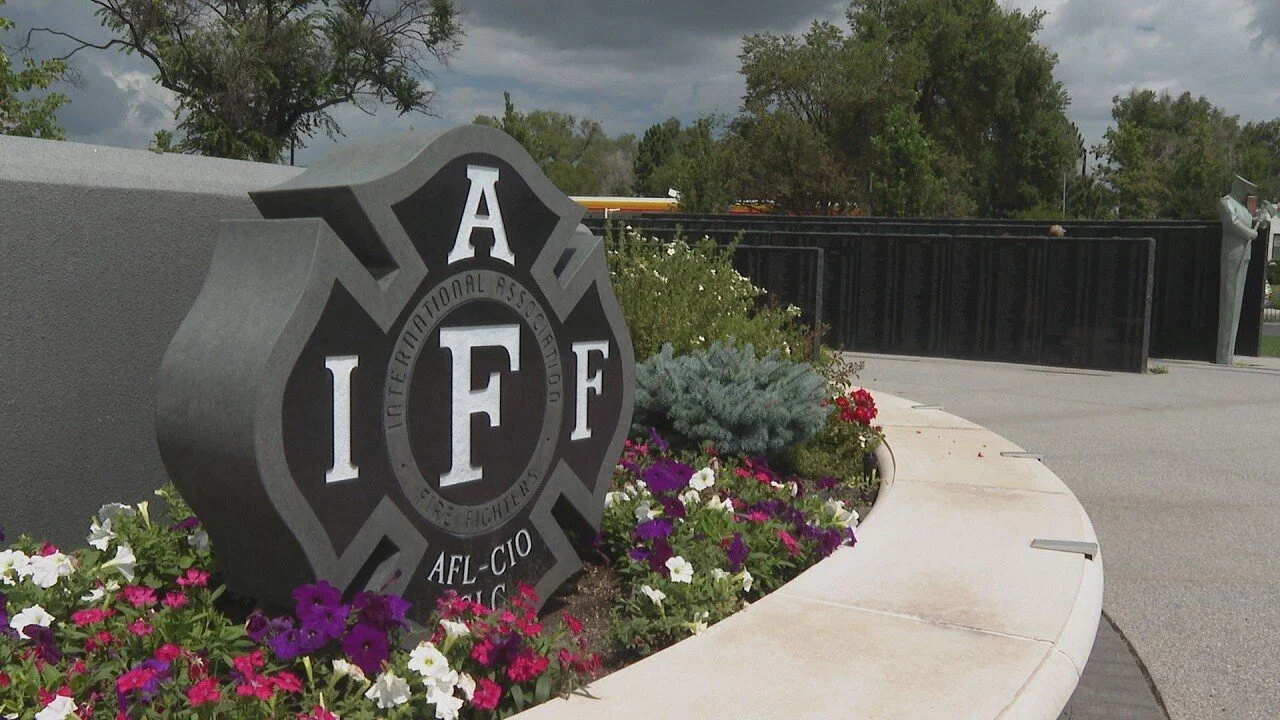The BC Professional Fire Fighters Association (BCPFFA) and is comprised of 56 affiliate locals who represent over 4,800 professional fire fighters, dispatchers, prevention officers and support members in BC, and the Yukon.
The BCPFFA is a service provider offering advocacy, training and education for provincial legislation, occupational health and safety, workers compensation advocacy, financial assistance, bargaining, labour relations, and best practices in both public and fire fighter safety.
Est. 1929 The BCPFFA is an affiliate of the International Association of Fire Fighters (IAFF).































